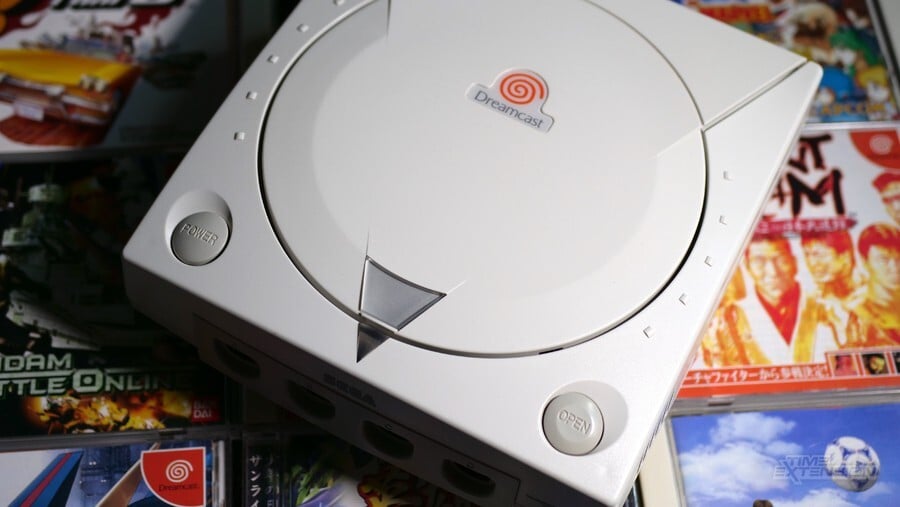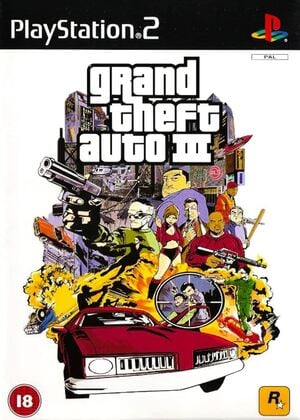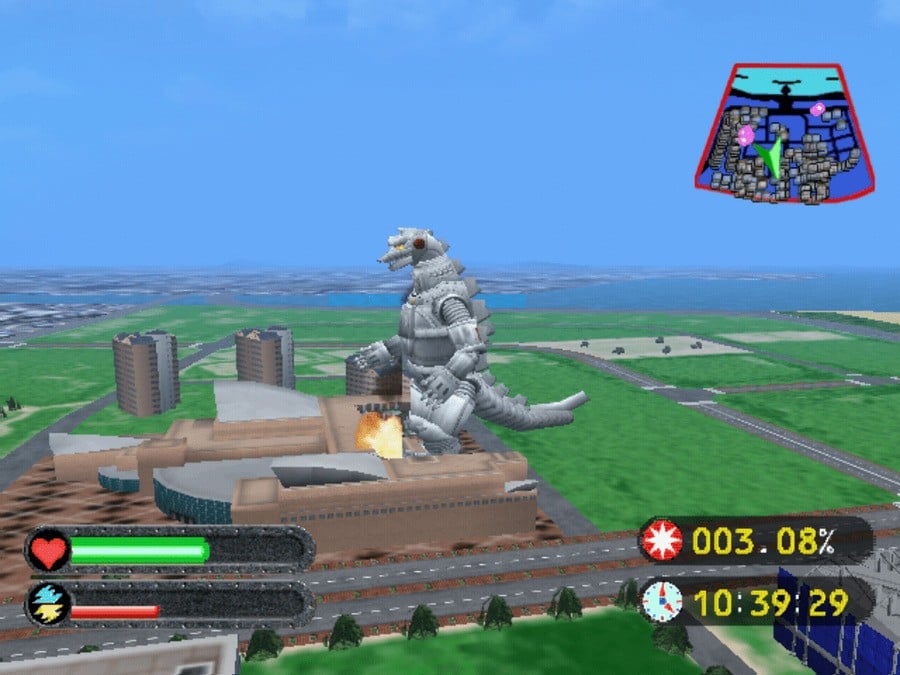
Back when Grand Theft Auto III was originally released for the PS2, it was a game-changer, popularizing the 3D open-world sandbox and putting its developer Rockstar North firmly on the map.
But what you might not know is that it actually owes a great debt of gratitude to the Dreamcast, with the game originally coming about thanks in part to a bunch of different tech demos for the Sega platform — one of which even featured a rampaging kaiju that wasn't entirely dissimilar from Godzilla.
According to former DMA producer Gary Penn and former DMA support engineer Alan Jack, after the release of the sci-fi platformer Space Station Silicon Valley in 1999, the future Grand Theft Auto team was looking for a brand-new title to work on.

Elsewhere in the studio, the original Grand Theft Auto team was hard at work finishing up Grand Theft Auto II in 2D, while another team had started development on what would eventually become Manhunt. There wasn’t much of a plan for what they could do next, until a couple of programmers – led by the future Rockstar producer Leslie Benzies – appeared in the office one day with a 3D tech demo of a city they had been building.
A 3D open world was something the Grand Theft Auto II team had been struggling to get working at the time, and Rockstar was increasingly putting pressure on the company and its development partners to get it done. For example, speaking to the author of this article back in 2021, the Rockstar co-founder Jamie King told us the team had even contacted Rockstar Toronto to prove the technology, with the Dreamcast once again being the platform of choice.
As he recalls, "We had Kevin Hoare who ran Rockstar Toronto really trying to use a Dreamcast devkit to get GTA into 3D and he was like, ‘The best we can do is kind of like isometric’. And that’s why they ended up doing The Warriors. But the PlayStation 2 came out and then DMA were like, ‘Okay, now we can get this into 3D.’"
Despite others having difficulty getting a Grand Theft Auto-esque cityscape to work in 3D, the small group inside DMA had made some encouraging progress in this regard but were reluctant to cause "a bloodbath" by pouring cold water on the efforts of the GTA 2 team. So, instead, it started spitballing ideas for other city-based projects.
“It had essentially grown out of a combination of Body Harvest's open-world roaming mechanics and Space Station Silicon Valley's final level with a city full of vehicles,” Alan Jack tells us. “They had built a tech demo on a Dreamcast dev kit that demonstrated cars whizzing around in 3D, with beautiful lights and full deformation on the car bodies. I remember that Gary basically didn't want to kill their creativity, [so he] gathered a few of us office loose ends together and said ‘Let's make something that is 3D, uses this city prototype, and is on the Dreamcast’”.

From here, DMA's founder Dave Jones suggested to the team that they transform the project from a generic city-based tech demo into a game modelled after the Godzilla license, with Jones assuring the team he could eventually get the rights. So, with a potential project beginning to take shape, Penn and the Silicon Valley team started working on designs.
"I remember Gary being rightly excited about the Dreamcast's analogue controller triggers," says Jack. "He had proposed a system whereby one trigger would control the neck and the other the jaw, which created this little core challenge of carefully picking things up (people/eggs/boxes) and not properly crushing them. We had a few sketched gameplay systems where you had to rescue/defend eggs, or you could pick people up and carry them as hostages."
Penn comments, "It controlled quite nicely. You stomped around, you’d eat people and grow, and then you'd destroy even more things. And the idea was as you ate and destroyed, you’d grow and you’d eat and destroy some more. They had got the guts of that working on Dreamcast."
So what happened? And why aren't we all playing Godzilla Takes America V with multiple protagonists and an online playground complete with roleplaying Kaiju? And why did Dreamcast owners instead have to endure the rather average Godzilla Generations and its equally forgettable sequel, Godzilla Generations: Maximum Impact? Well, in September 1999, Take-Two bought DMA from Infogrames for $11 million – plus the assumption of certain debts the developer had accrued – bringing with it a number of sweeping changes to the studio.
Over several weeks, we managed to create a number of blocks of a city with docks, retail areas, and brownstones. We were playing, really, but we added characters walking the streets and cars driving around.
Rockstar moved DMA from its historic home in Dundee to a new location in Edinburgh, where it became Rockstar North, and the Silicon Valley and Grand Theft Auto II teams were then consolidated into a single entity to work on the third Grand Theft Auto game.
Development of Grand Theft Auto III continued on Dreamcast, but exactly how long this version of the game was worked on or how far these experiments depends on the source. In 2023, Aaron Garbut, the current co-studio head at Rockstar North, told Game Informer about the Dreamcast tech demo:
"When we finished our first game at DMA Design, we had some time to prototype and come up with ideas. We also got access to a couple of Dreamcast devkits. Over several weeks, we managed to create a number of blocks of a city with docks, retail areas, and brownstones. We were playing, really, but we added characters walking the streets and cars driving around."
The Rockstar North technical director Obbe Vermeij, meanwhile, provided a slightly more conservative account of events on Twitter yesterday, claiming that development on Grand Theft Auto III for the Dreamcast continued for roughly four months, with the team producing a simple demo featuring "a basic character walking around".
As he writes, "We started developing gta3 on the DC but then switched to PS2 when it became clear the DC was not commercially viable. It was a shame. We were all into Phantasy Star Online at the time.
He continues, "If I'd have to guess I'd say we used the DC for about 4 months before switching to ps2. It wasn't for technical reasons. It looked like the DC could have handled gta3. It was for commercial reasons."
Though it's unlikely that Grand Theft Auto III alone could have saved the Dreamcast, especially given the timing of its eventual release, it's fascinating to think about how the game would have turned out if it had been released on Sega's hardware instead.
In the end, Grand Theft Auto III on the Dreamcast was never meant to be, though it's clear that the console had a small yet significant part in bringing the series into the third dimension.


